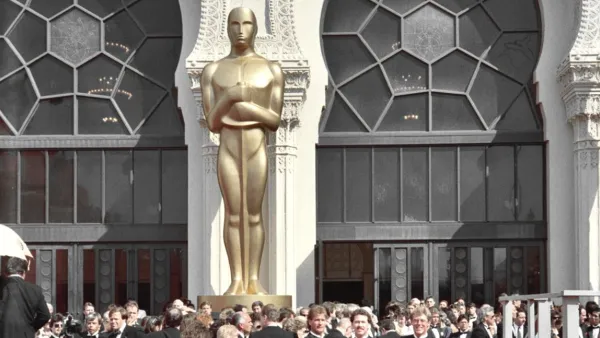Richard Florida speaks with Alan Ehrenhalt about the subject of his new book, The Great Inversion and the Future of the American City: the reversal of the last century's great shift in people and economic activity to the suburbs
As the great tide that brought jobs, housing, and wealth out of the cities and into the suburbs during the last century begins to recede, and reverse, Ehrenhalt talks with Florida about the demographic, cultural, and economic shifts that will have lasting effects on our physical environment.
On the inversion of the socio-economic status of cities and suburbs:
"For the past half-century, we've gotten used to thinking of central cities as enclaves of the poor, and suburbs as the refuges of the affluent. But in the past decade, suburbs have become the entry points in which immigrants settle when they first arrive in a metro area, while the center -- in places such as Washington, Atlanta, Chicago, and Boston -- have become magnets for a largely affluent and professional class of young adults in their 20s and 30s."
On whether this shift will occur throughout the country, or only in the "great urban centers" of Chicago, Boston, New York, etc.:
"Demographic inversion will occur -- is occurring -- in many places, but it can't occur everywhere at the same time. Even at a given level of demand among would-be urbanites, it depends to a great extent on the job base in the metro area and particularly downtown. Cities such as Chicago, Washington and Atlanta, where the central job base is strong, will be the centers of demographic inversion. Places such as Detroit and Cleveland, that lack this job concentration, may see it in a very gradual and attenuated form. But I do believe that demographic inversion will ultimately occur in many more places than the numbers would lead us to predict at the moment."
FULL STORY: How and Why American Cities Are Coming Back

Analysis: Cybertruck Fatality Rate Far Exceeds That of Ford Pinto
The Tesla Cybertruck was recalled seven times last year.

National Parks Layoffs Will Cause Communities to Lose Billions
Thousands of essential park workers were laid off this week, just before the busy spring break season.

Retro-silient?: America’s First “Eco-burb,” The Woodlands Turns 50
A master-planned community north of Houston offers lessons on green infrastructure and resilient design, but falls short of its founder’s lofty affordability and walkability goals.

Test News Post 1
This is a summary

Analysis: Cybertruck Fatality Rate Far Exceeds That of Ford Pinto
The Tesla Cybertruck was recalled seven times last year.

Test News Headline 46
Test for the image on the front page.
Urban Design for Planners 1: Software Tools
This six-course series explores essential urban design concepts using open source software and equips planners with the tools they need to participate fully in the urban design process.
Planning for Universal Design
Learn the tools for implementing Universal Design in planning regulations.
EMC Planning Group, Inc.
Planetizen
Planetizen
Mpact (formerly Rail~Volution)
Great Falls Development Authority, Inc.
HUDs Office of Policy Development and Research
NYU Wagner Graduate School of Public Service




























